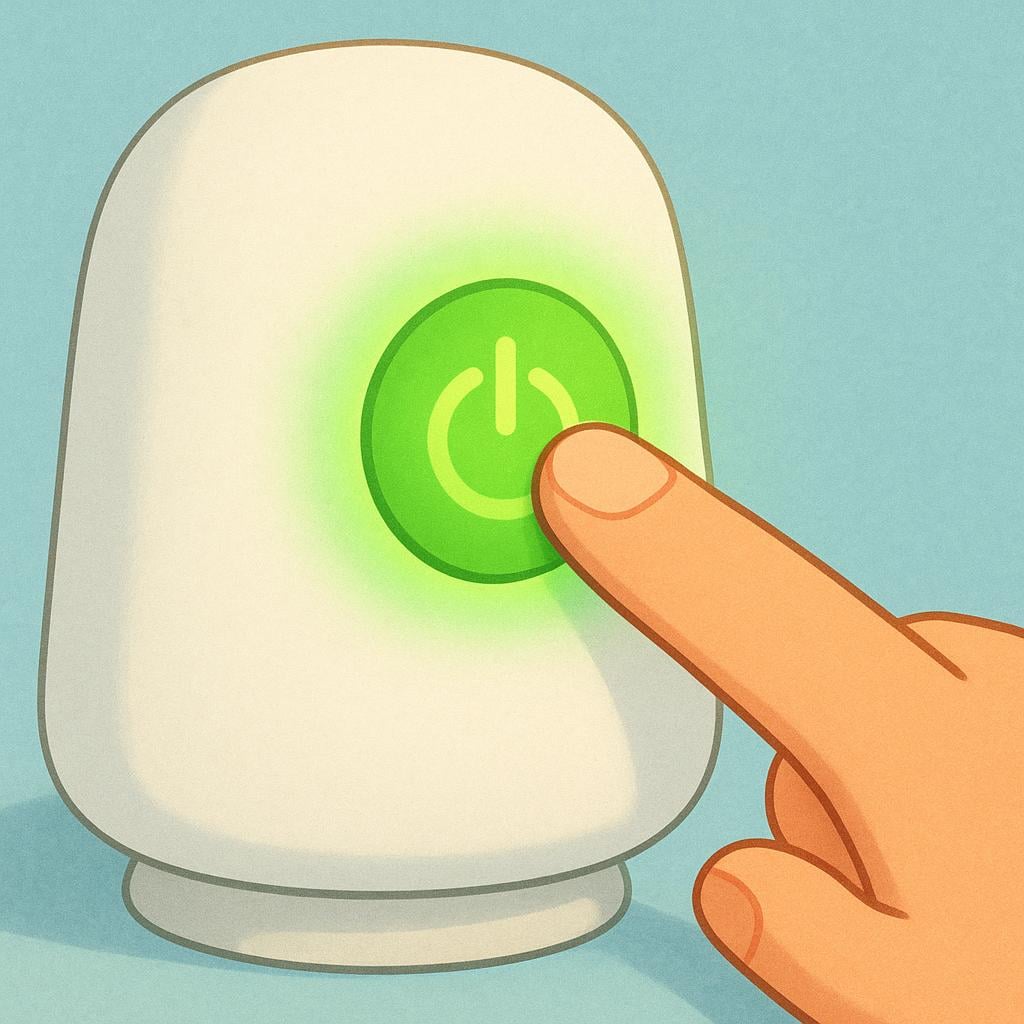pon
/pon/
Put

This image shows the command to Put something in a specific location (physical placement).
pon(Verb (Affirmative Command Form))
Put
?Physical placement
,Place
?Physical placement
Lay
?Placing something flat
,Set
?Setting an object down
📝 In Action
¡Pon la mesa ahora mismo! Vamos a cenar.
A1Set the table right now! We are going to have dinner.
Pon el vaso sobre el posavasos, por favor.
A1Put the glass on the coaster, please.
Cuando llegues, pon las llaves en el gancho de la entrada.
A2When you arrive, put the keys on the hook by the entrance.
💡 Grammar Points
The 'Irregular Eight' Commands
'Pon' is one of eight highly irregular informal (tú) affirmative commands. You just have to memorize it! It does not follow the normal pattern of verb endings.
Pronoun Placement
When you use 'pon' with words like 'lo' or 'la' (it), they always stick directly onto the end of the command: 'Ponlo aquí' (Put it here).
❌ Common Pitfalls
Using the 'er' Ending
Mistake: "Pones el libro allí."
Correction: ¡Pon el libro allí! The form 'pones' is used for regular statements, not direct commands.
⭐ Usage Tips
Short and Urgent
Since 'pon' is short and forceful, it is often used for quick instructions among friends or family, or in recipes.

The command Turn on refers to activating an appliance or device.
pon(Verb (Affirmative Command Form))
Turn on
?Appliances or devices
,Apply
?Sunscreen, makeup, etc.
Set
?Schedule or time
,Broadcast
?Putting on a show or music
📝 In Action
¡Pon la televisión, por favor! Quiero ver las noticias.
A2Turn on the TV, please! I want to watch the news.
¡Pon mucha crema solar! El sol está muy fuerte.
A2Put on a lot of sunscreen! The sun is very strong.
Pon tu alarma para las siete de la mañana.
B1Set your alarm for seven in the morning.
💡 Grammar Points
Using 'Poner' for Technology
In many Spanish-speaking regions, 'poner' (pon) is the most common verb used to tell someone to turn on a TV, radio, or music, instead of the more literal 'encender'.

Use Write down when commanding someone to record notes or information.
pon(Verb (Affirmative Command Form))
Write down
?Listing or taking notes
,Make
?Causing an emotion or state
State
?Stating an opinion
📝 In Action
¡Pon más detalles en tu informe para que se entienda mejor!
B1Put more details in your report so it's understood better!
Pon atención a lo que dice el profesor. ¡Es importante!
B1Pay attention (Put attention) to what the professor is saying. It's important!
No te preocupes, pon buena cara y sonríe.
B2Don't worry, put on a good face (look happy) and smile.
❌ Common Pitfalls
Confusing 'Pon' and 'Ponme'
Mistake: "Pon un café (meaning 'make me a coffee')."
Correction: Ponme un café. When asking someone to do something for you, you need the extra word ('me') stuck to the end to show you are the recipient of the action.
✏️ Quick Practice
💡 Quick Quiz: pon
Question 1 of 2
Which sentence uses 'pon' correctly for physical placement?
📚 More Resources
Frequently Asked Questions
Why is 'pon' so different from other Spanish commands?
'Pon' is highly irregular because it's a very old, fundamental verb. Its command form ('pon') is part of a small group of eight verbs that simply drop the end of the infinitive (*poner*) to make the short, informal command.
How do I make the command negative (tell someone NOT to put something)?
The negative command is much more regular! You use the present subjunctive form: 'No pongas'. For example: 'No pongas los pies en la mesa' (Don't put your feet on the table).